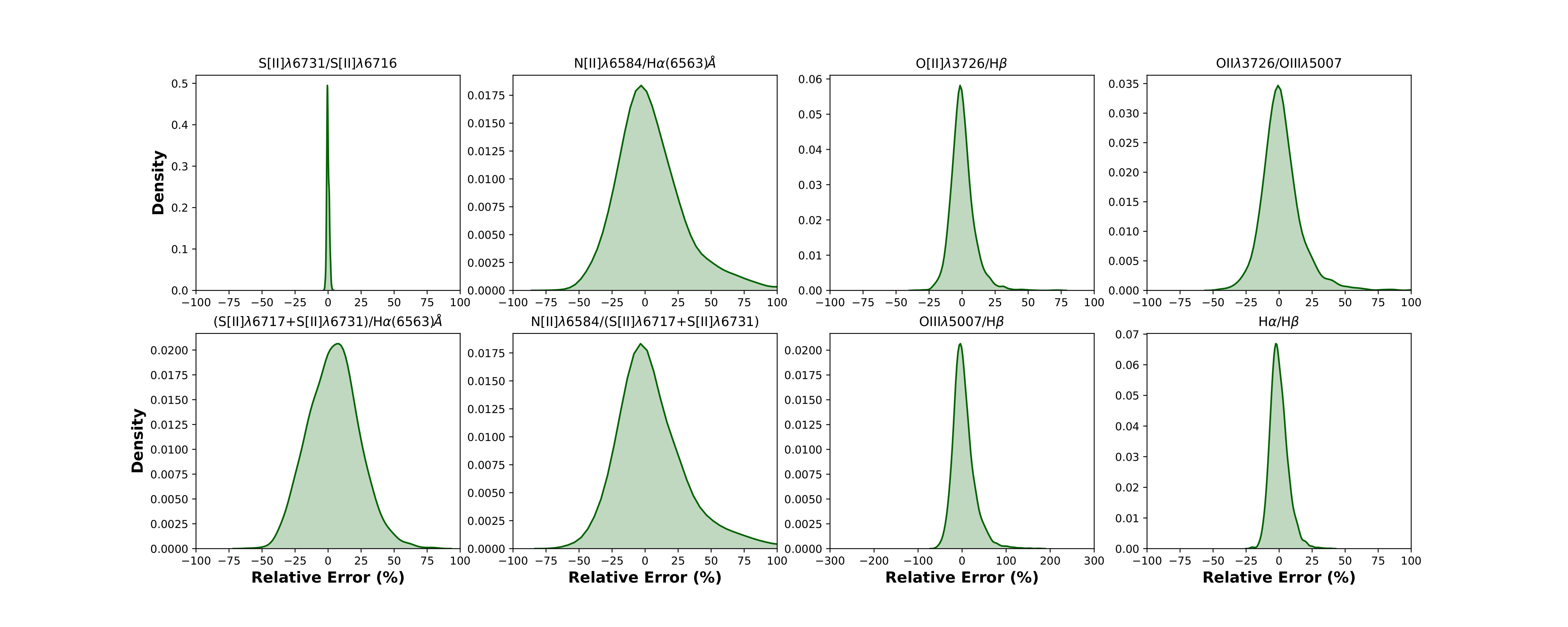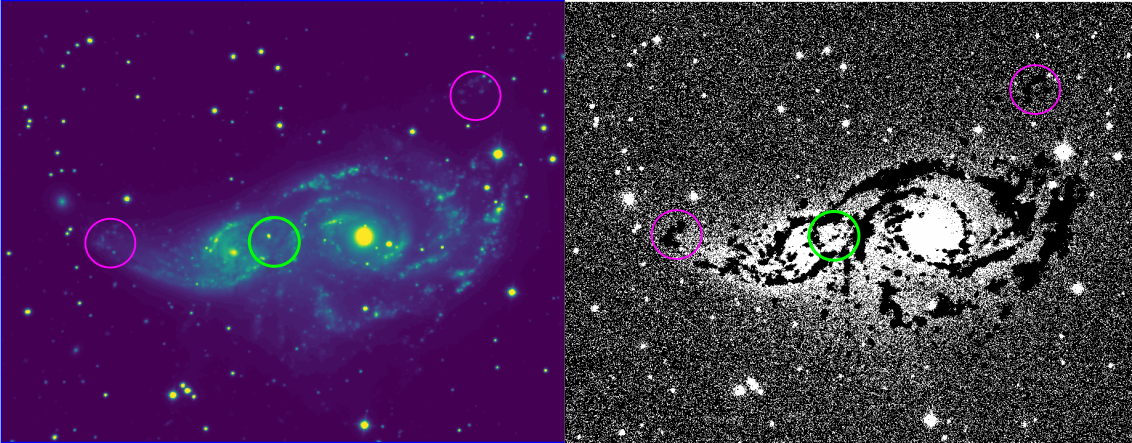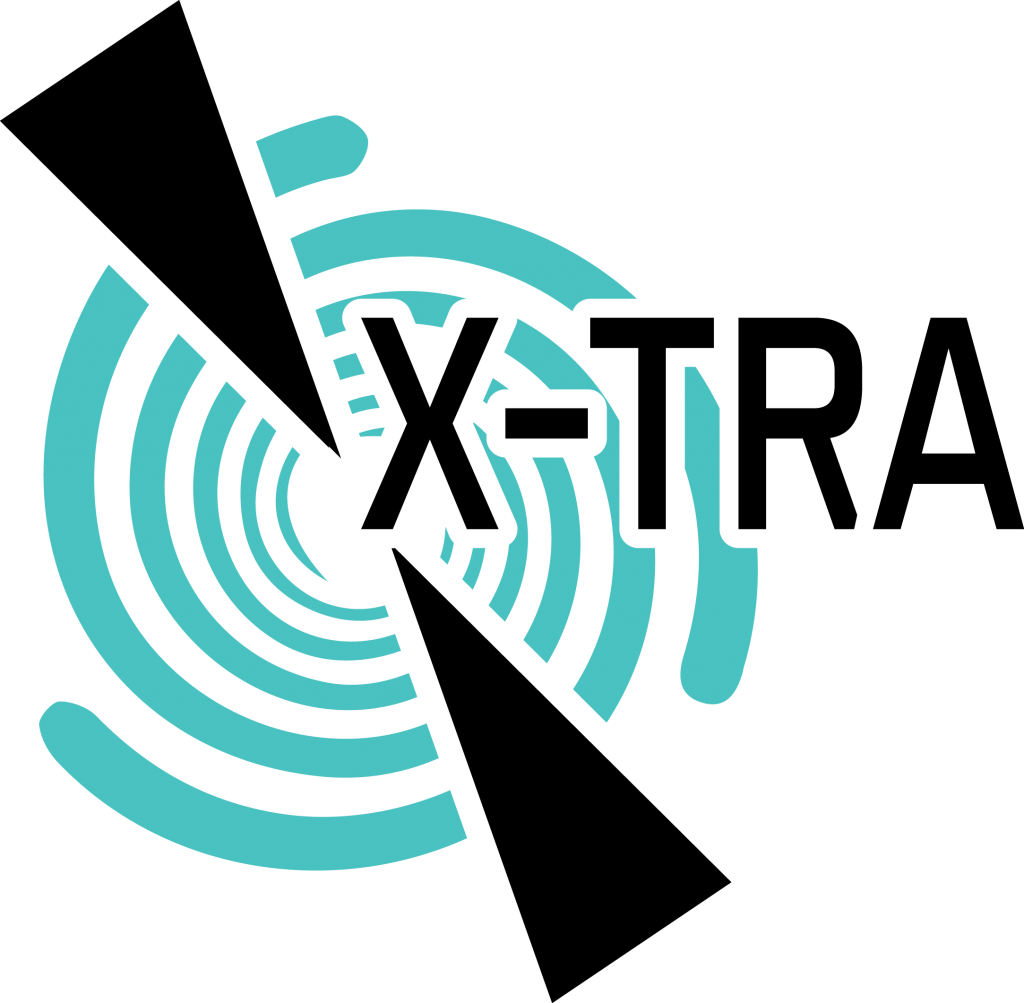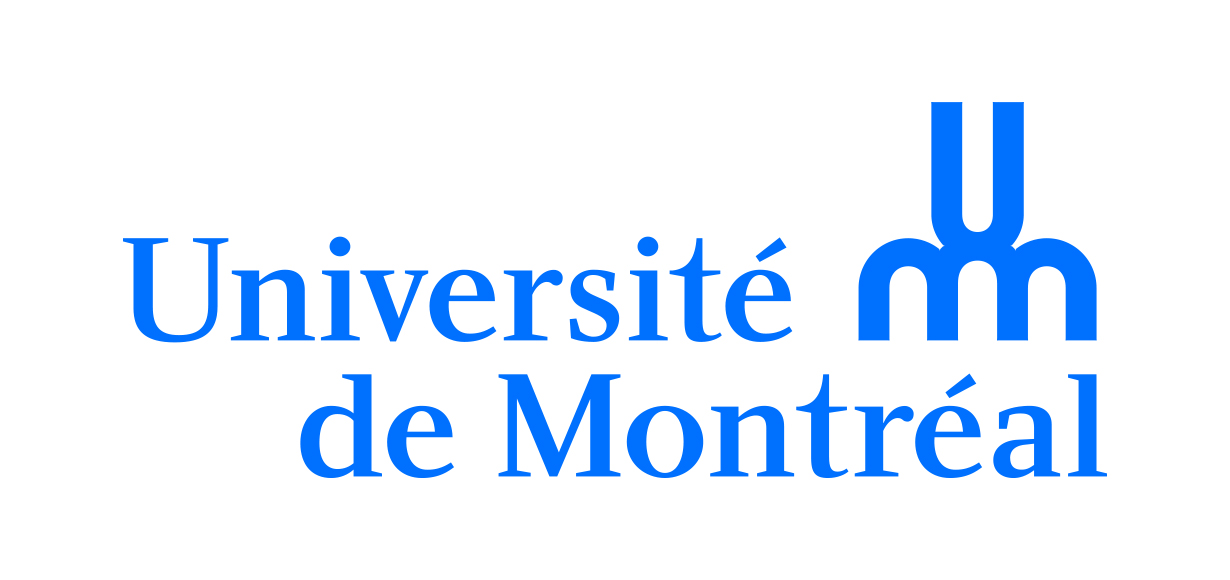Please check out our examples. If you use any code here in your work, or as an inspiration, please cite us! You can find information on our pretrained networks at Network Library. These are also available on our github page at https://github.com/sitelle-signals/Pamplemousse/tree/master/PREDICTORS.
Our Projects
Click on the headers to learn about the projects using Pamplemousse!

The first paper explores the use of a convolutional neural network to extract the flux and velocity of underlying components. We report a standard deviation of ∼5 km/s for the velocity parameter and a standard deviation of approximately 5.5 km/s for the broadening parameter.

In this work, we apply an artificial neural network to combined-filter (SN1, SN2, and SN3) SITELLE data representing typical SIGNALS large program observations. The network is designed to calculate important emission-line ratios for HII-like regions which are present in the primary SITELLE filters. Our resultsindicate that the network can potentially constrain the line ratios with greater precision than the standard line fitting technique implemented in ORCS \textbf{if the source spectral properties are well represented in the training set}. Timing analysis indicates that the network can analyze the entire cube approximately 100 times faster than the standard methods.

In this paper (in preparation), the third of the series, we develop a convolutional neural network to classify spectra as having either a sin-gle or double line-of-sight component. This systemati cmethod will be critical for disentangling components in merger systems, HII regions, and supernova remnants.We demonstrate that the network outperforms AIC andBayesian inference model comparisons.





Contact Us
https://github.com/sitelle-signals/Pamplemousse
Campus MIL
L'Université de Montréal, QC, CA
E: carter.rhea@umontreal.ca